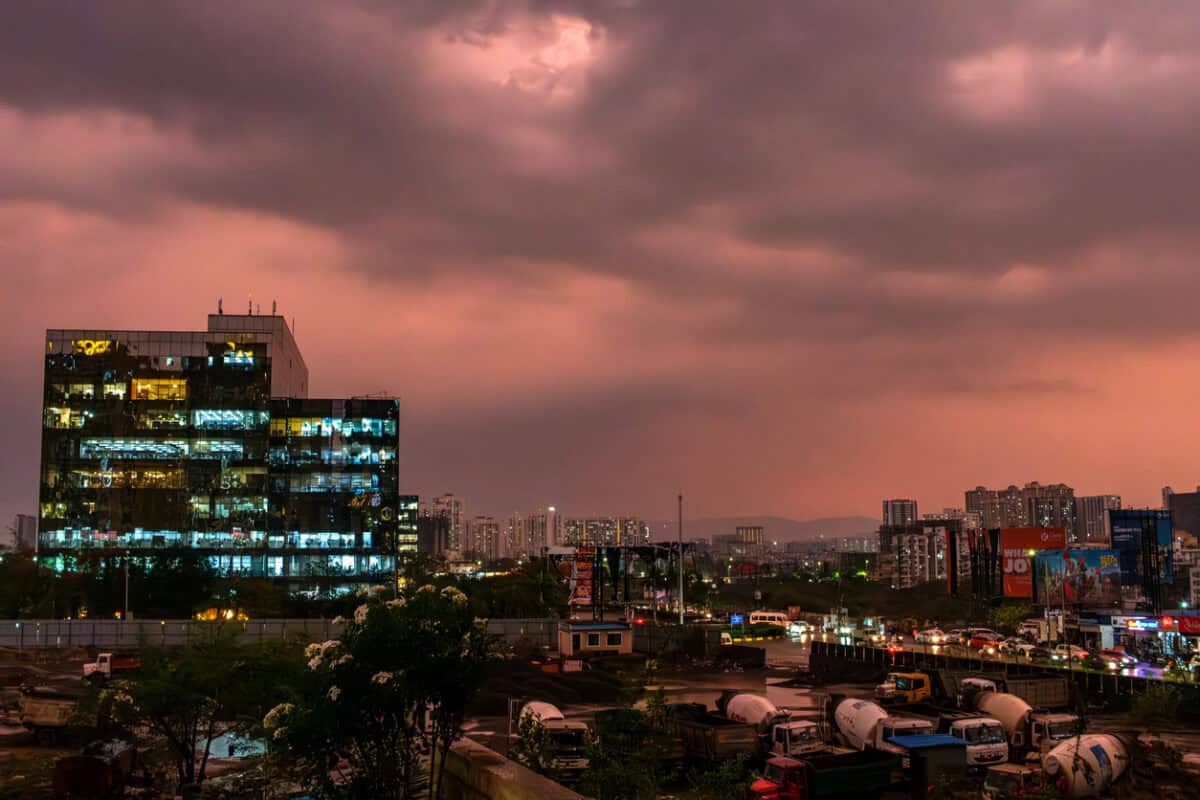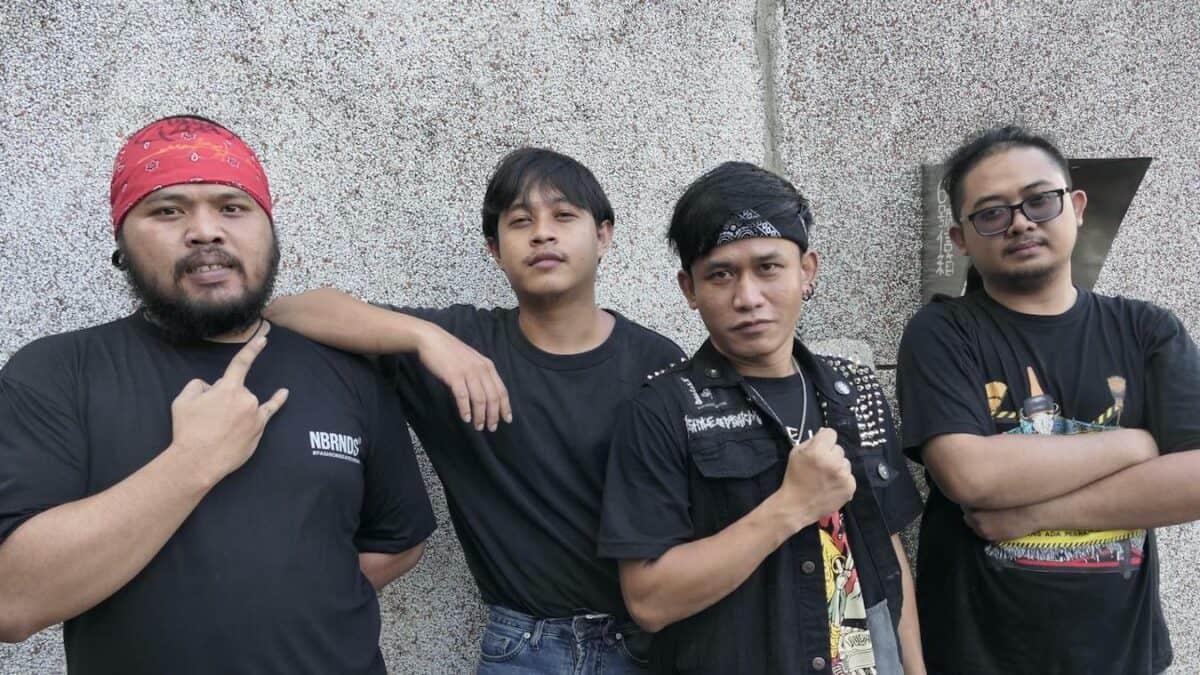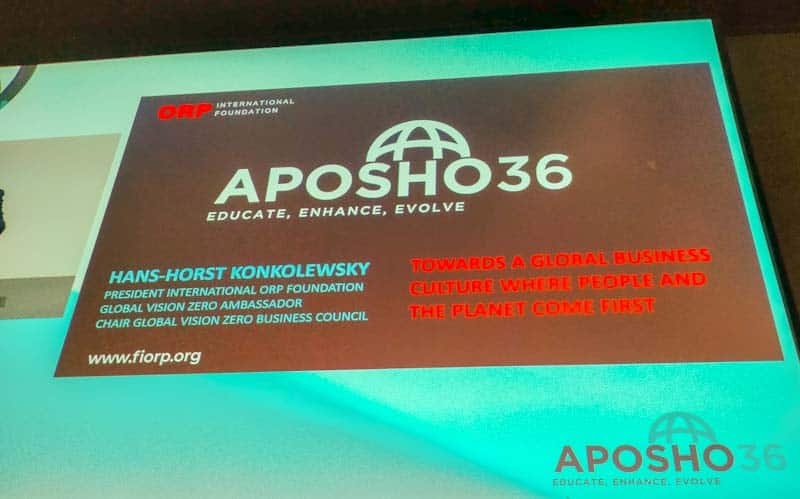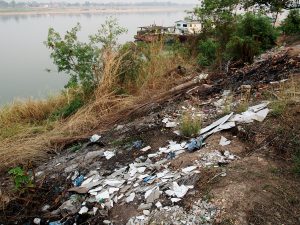The workplace culture of EY and other major consulting companies came under scrutiny several years ago following an apparent work-related suicide at the offices of EY in Sydney. EY’s workplace culture is again being examined after the death of a young EY employee in India, allegedly due to work stress.
Category: asia
Making Noise – Asian migrant workers
Racism is a word increasingly thrown around these days, the most current incarnation being in the controversy surrounding whether or not to allow Australia’s indigenous peoples a formalised Voice to Parliament.
Unfortunately, Australia has no patent on this illogical and offensive tendency. In Asia, it is often aimed at other Asian races of what is perceived as lower social class.
Global Occupational Health and Safety Handbook – A Critical Review
OK, let me own up. In 1999, I wrote Working for Life A Source Book on Occupational Health for Women. Earlier, I was posted to Indonesia to head up a program on occupational health and safety with the International Labour Organisation (ILO). I was supposed to improve the skills of labour inspectors, using specific training devised by other highly paid experts with the ILO.
What wasn’t included was how to cover corruption and studied ineptitude. Factory inspections inevitably concluded with the uniformed inspectors carting goods ‘donated’ back home.
Some good presenters, some great, but OHS conferences need more work
What was missing most from the recent conference of the Asia Pacific Occupational Safety and Health Organisation was a strong Asia-Pacific voice. Certainly, there were presentations by Asian OHS professionals and some westerners working in Asia, but the keynote speakers were almost from Anglo-European cultures. This made it hard to understand if the conference was designed for Asian safety and health professionals to learn from us or for Australians to learn from them. Perhaps it was just for all of us to learn as a profession.
Some of the keynote speakers offered universal suggestions for improving the management of workplace health and safety, but perhaps these were so universal as to be generic or safe. For instance, one of the greatest challenges for the Asian region, in particular, is ensuring the safety of migrant workers. There was one mention of the deaths of the World Cup construction workers, and that was in passing.
Below is a summary of the conference and some of the occupational health and safety issues (OHS) raised.
What seems odd in China may/should become normal elsewhere
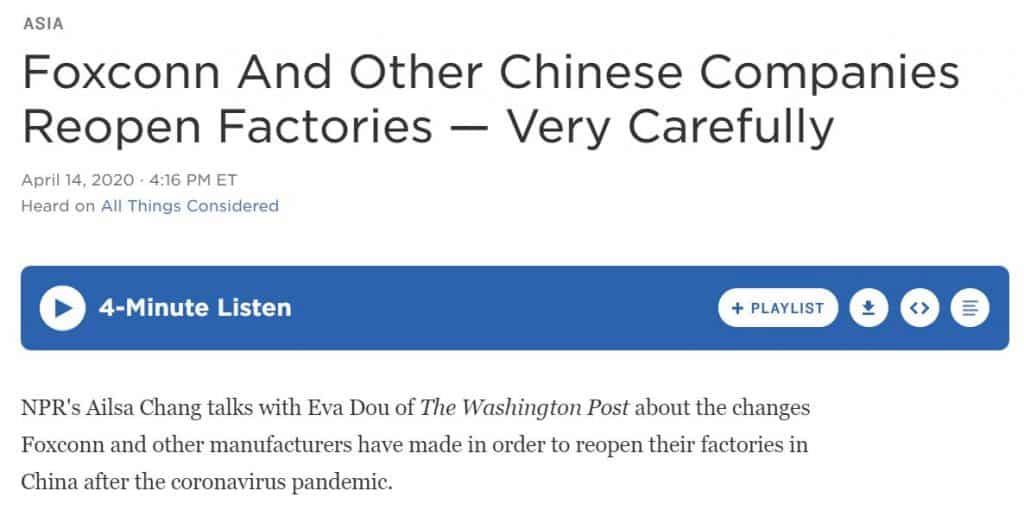
The occupational health and safety (OHS) risks associated with the COVID19 induced working situations are well established although still not easily or readily controlled. Some countries are starting to emerge from the enforced lockdowns and isolations and need to restart work. This emergence will be faced by almost all countries to differing extents and OHS and infection control will be integral to how this occurs.
Recently NPR’s Ailsa Chang spoke with Eva Dou of The Washington Post about the re-emergence of Foxconn in China, a company famous for manufacturing iPhones and for a spate of work-related suicides
Asia, maturity, grief, zero and data-collecting mouthguards – the SafetyConnect conference
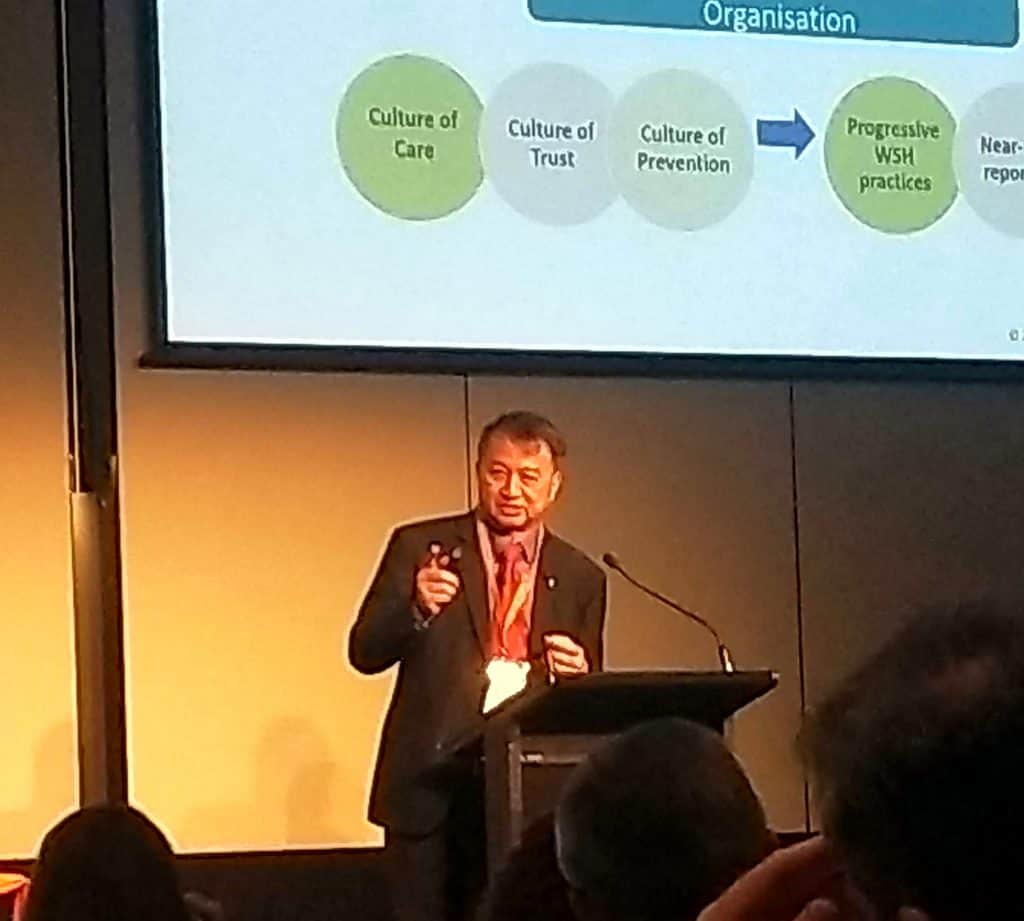
Zero Harm is hardly ever mentioned in Australia’s academic occupational health and safety (OHS) conferences, except maybe with a little snigger. But it was prominent at the NSCAV Foundation’s SafetyConnect conference in late August 2019. This was partly because this conference has more of a commercial bent compared to other conferences but also because several international speakers from Asia were able to clarify what was meant by the term.
This conference had an enviable number of prominent Asian OHS professionals and engineers. One of them Ho Siong Hin (pictured above) explained the application of Vision Zero by the Singaporean government and business community.
“We cannot buy the health of people with money”
By Melody Kemp
Walking my dog along the Mekong in Vientiane, new piles of building rubble litter the river bank. The capital has long had a problem with plastic waste, but as unbridled wealth spreads and humble buildings are replaced by garish McMansions, building rubble is turning up in the general detritus. Among the bricks was what looked like the residue of shattered Asbestos Cement sheets; but without necessary skill and a microscope how could anyone tell?
A Vietnamese trader arrives. He rifles through the remains, takes a few of the bigger bits, tosses them in the trailer behind his bike and leaves with a nod. Later, in the main street outside a hardware shop, a large box of mixed waste lies waiting for collection. Laos do not separate their waste at source and while there may be provisions for hazardous waste, procedures are not observed. Out of date drugs, toxic chemicals, poohy nappies are tossed into or along the river; are burned or go into general land fill sites. Or are scavenged.
Those few minutes epitomised some of the social/behavioural difficulties of controlling hazardous materials in any of the Mekong nations. Things are changing thanks to the efforts of ex-ILO Technical Adviser Phillip Hazelton. Continue reading ““We cannot buy the health of people with money””

